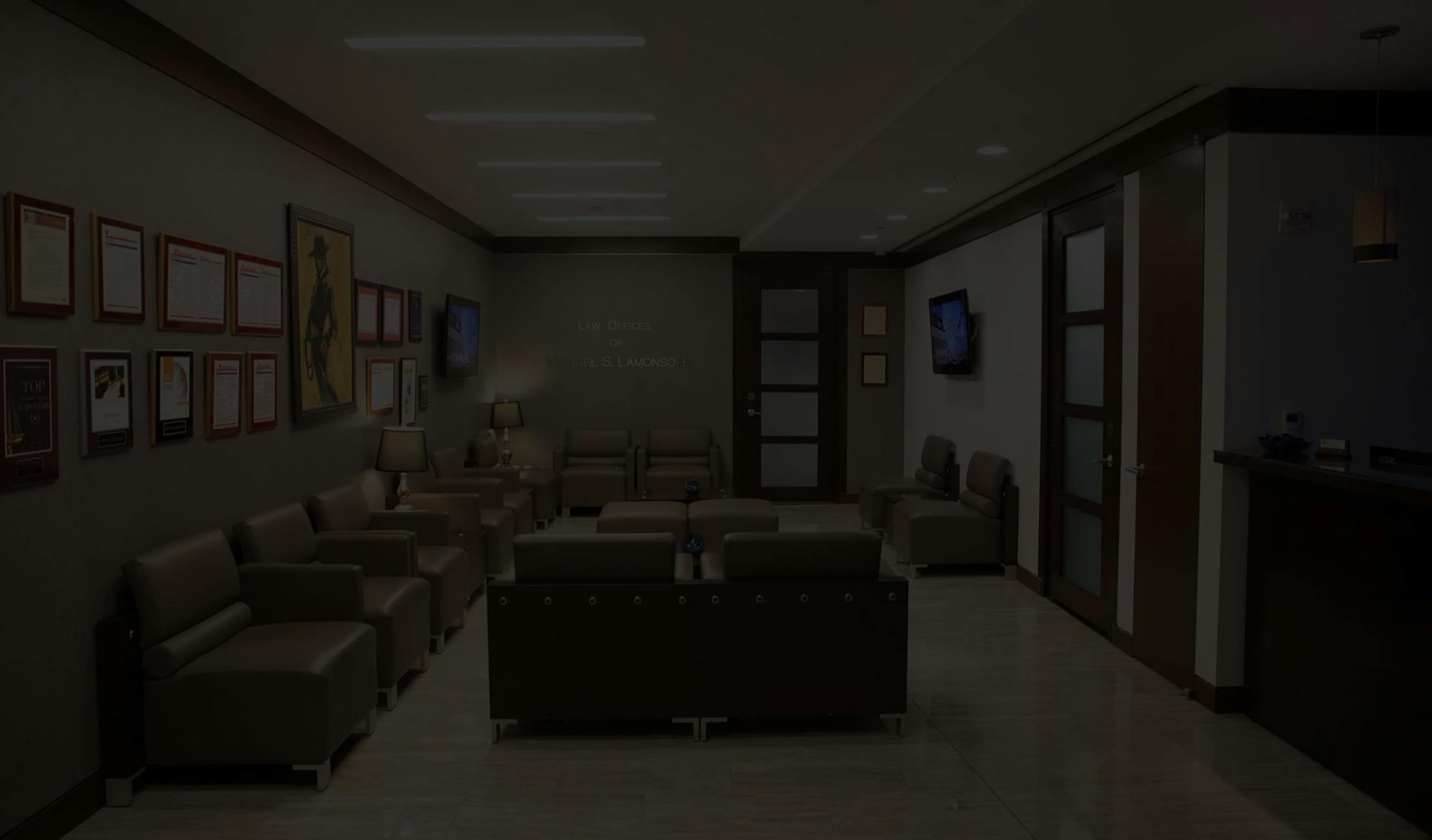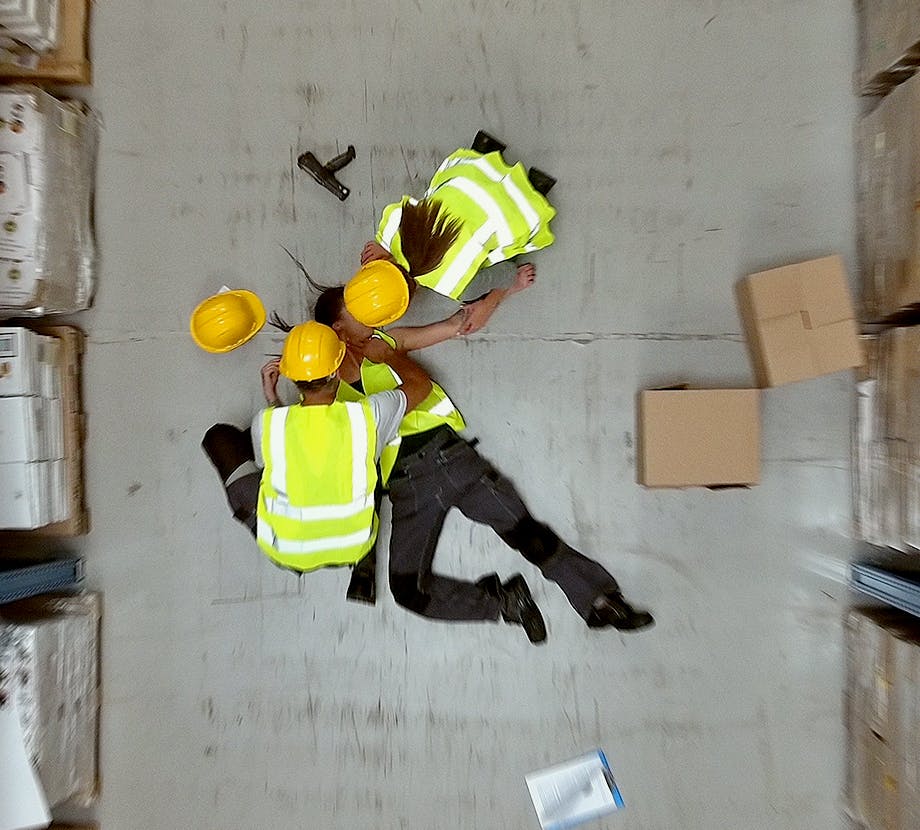Types of Serious Ear Injuries on Construction Sites
Ear injuries on construction sites can range from mild hearing impairment to permanent damage that affects a worker’s quality of life. The most serious ear injuries include:
Noise-Induced Hearing Loss (NIHL)
One of the most common occupational injuries in the construction industry, Noise-Induced Hearing Loss (NIHL), occurs when workers are exposed to noise levels exceeding 85 decibels (dB) over an extended period. Many construction tools and machinery, such as jackhammers, chainsaws, and bulldozers, produce sounds well above this threshold, making construction workers particularly susceptible to hearing damage.
NIHL is often gradual, meaning a worker may not notice the loss of hearing until significant damage has occurred. Unfortunately, once hearing is lost due to excessive noise exposure, it is usually permanent.
Acoustic Trauma
Unlike NIHL which occurs over time, acoustic trauma results from a single, sudden exposure to an extremely loud noise. This may include explosions, malfunctioning equipment, or a high-powered tool operating unexpectedly close to a worker’s ear. Such events can rupture the eardrum or damage the inner ear, leading to immediate, often irreversible, hearing loss.
The suddenness of acoustic trauma can also lead to additional complications such as dizziness, ear pain, and even disorientation, making it difficult for a worker to safely continue operating machinery or performing tasks on a construction site.
Tinnitus
Tinnitus is characterized by persistent ringing, buzzing, or hissing sounds in the ears. While it is commonly associated with long-term noise exposure, tinnitus can also result from sudden loud noises or direct trauma to the ear.
Tinnitus is not just a minor inconvenience; it can severely impact concentration, sleep, and overall well-being. Many construction workers with tinnitus struggle to focus on tasks, increasing their risk of accidents on the job site. The condition may be permanent if not managed early with proper hearing protection and medical intervention.
Eardrum Perforation
The eardrum is a thin membrane that separates the outer ear from the inner structures of the ear. A ruptured or perforated eardrum can result from sudden loud noises, physical trauma, or even improper use of pressurized air tools. Symptoms of eardrum perforation include:
- Sharp ear pain
- Fluid drainage from the ear
- Partial or complete hearing loss
- Increased sensitivity to sound
While minor perforations may heal on their own, severe cases may require surgical intervention to restore hearing and prevent infections.
Barotrauma (Pressure-Related Ear Damage)
Barotrauma occurs when the ear is exposed to rapid pressure changes, which can damage the eardrum or inner ear. Construction workers who use high-pressure pneumatic tools or work in environments with sudden air pressure shifts—such as tunnels or demolition sites—are at a higher risk of experiencing barotrauma.
Symptoms include:
- Ear pain
- Muffled hearing
- Dizziness or vertigo
- A feeling of fullness in the ear
Severe cases of barotrauma can cause long-term hearing loss or balance disorders, making it a significant concern for workers in high-risk environments.
Inner Ear Damage and Balance Disorders
The inner ear plays a crucial role in both hearing and balance. Damage to this delicate structure can result from direct trauma, prolonged exposure to high-decibel noise, or severe vibrations from heavy machinery. Inner ear damage may lead to:
- Chronic dizziness
- Vertigo
- Loss of coordination
- Headaches
For construction workers who operate cranes, scaffolding, or other high-risk equipment, balance disorders can increase the likelihood of falls and workplace injuries, making treatment and prevention essential.





